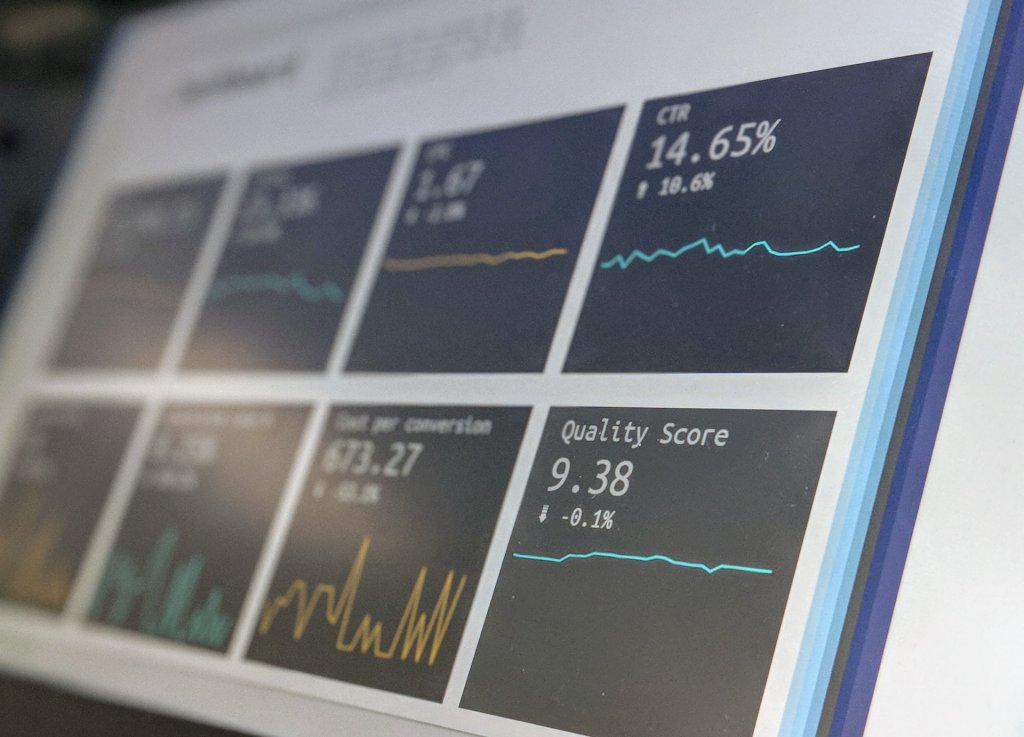LEAD Center: Putting Workforce & WIOA Policy into Practice
We partner with the Disability Employment Policy and the National Disability Institute to operate the LEAD Center, which helps workforce systems open new avenues to employment and economic advancement for people with disabilities.
Project Highlights
We help states advance equal
opportunity by piloting training in equal employment and accessibility. We facilitate programs in embracing new strategies for increasing reporting and improving data quality. And we support local workforce areas in partnering with Community Reinvestment Act financial institutions to promote economic empowerment among people with disabilities.
We provide training, coaching,
and technical assistance to pilot programs, encourage the use of data and tools, and build capacity in specific topics of interest. For example, to advance competitive integrated employment for veterans, we trained Veteran Readiness and Employment case managers on how to connect veterans to inclusive apprenticeship opportunities and Homeless Veterans Reintegration Program grantees on customized employment and guided group discovery.
We built an interactive
data visualization tool to help states and local areas assess their disability reporting and a suite of related products to help American Job Centers better connect with and serve people with disabilities of all races, ethnicities, and identities. We developed an Inclusive Career Pathways Roadmap and a robust online Financial Services Toolkit that offers crucial resources for anyone navigating a complex financial landscape, whether they are planning for, getting, keeping, advancing, or recovering from the loss of a job.
“One in four people with disabilities lives below the poverty line."
People with disabilities face barriers that hinder their access to employment, education, skills development, career paths, financial services, and full participation in their communities. The National Center on Leadership for the Employment and Economic Advancement of People with Disabilities—known as the LEAD Center—helps solve these problems.
People with intersecting identities face unique systemic challenges and systemic injustices leading to economic inequality. For example, across all racial/ethnic groups, households with a disabled working-age householder have lower average net worth, compared to households without disability ($14,180 versus $83,985). Households with householders who are Black and disabled have the lowest average net worth ($1,282).
The LEAD Center engages with programs and stakeholders directly to understand and address the complex and interconnected issues that contribute to poverty and unemployment for people with disabilities. We pilot and support system-level solutions through the LEAD Center and an online community of practice.
All resources are accessible through the LEAD Policy Development Center.
Related Resource
The LEAD Center Website & Community of Practice
Explore our projects
The WIOA Research Portfolio Project
Learn more about The WIOA Research Portfolio Project![]()
Explore our projects
Workforce Innovation and Opportunity Act Implementation Study
Learn more about Workforce Innovation and Opportunity Act Implementation Study![]()
Explore our projects
Workforce Data Quality Initiative Technical Assistance Project
Learn more about Workforce Data Quality Initiative Technical Assistance Project![]()




